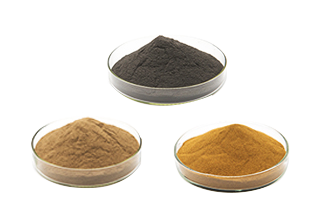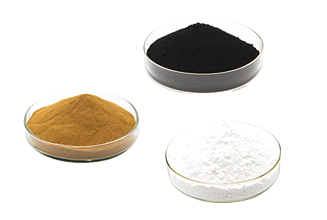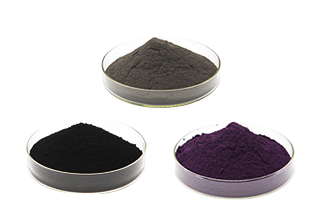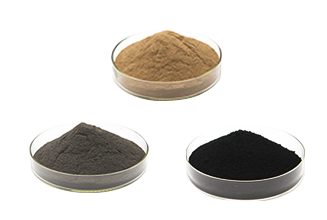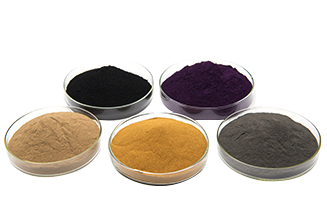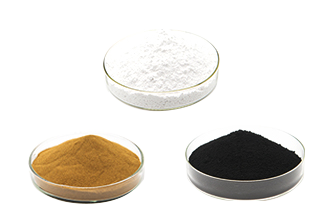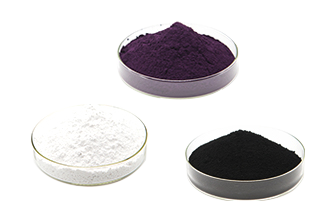Research progress of B4C-TiB2 composite ceramic materials(2)
As an important structural ceramic material, boron carbide (B4C) has the characteristics of high hardness, low density, high temperature resistance, wear resistance and excellent neutron absorption capacity. It is widely used in wear-resistant devices, bulletproof armor, aerospace and other fields. Nuclear industry and other fields . However, due to the strong covalent bond of B4C, which increases the slip resistance of grain boundaries, the formation of lower surface tension and low diffusion coefficient make B4C extremely difficult to sinter and densify. In addition, although B4C possesses high hardness (35.0 GPa), the high covalent bond density also leads to low fracture toughness (~2.20 MPa m1/2), which greatly limits the application of B4C as an excellent ceramic material . Therefore, improving the low toughness of B4C, achieving a balance between hardness and toughness, and obtaining B4C with both high hardness and high toughness has always been a hot topic of scientific research, and it is also of great significance for the wide application of B4C.
Both B4C and TiB2 are important structural ceramic materials. The composite composite ceramic material (B4C-TiB2) can not only improve the sintering performance of B4C, increase the density, but also improve the fracture toughness and strength of the material. Therefore, B4C -TiB2 composite ceramic material has more application value.
Pressureless sintering is the simplest sintering method to improve the density (hardness and toughness) of B4C-TiB2 composite materials, and its advantages are low cost and diversification of sample shapes. The densification mechanism of pressureless sintering is mainly through the introduction of TiB2 phase, which reduces the activation energy of sintering. At the same time, the introduced TiB2 is distributed between the substrates, which effectively hinders the grain growth of B4C and plays a role in refining the grains.
.png)
The densification temperature of pressureless sintering is too high. For B4C-TiB2 composite materials with high covalent bonds, hot-pressing sintering can obtain high-density materials at lower temperatures or in a relatively short time, which is more advantageous. The principle of hot pressing sintering is to apply axial pressure to the powder during the high temperature sintering process, so that the powder obtains the sintering driving force from the external pressure, thereby changing the sintering mechanism. Compared with pressureless sintering, hot pressing sintering can significantly increase the densification rate under the action of high temperature and pressure assistance, making the samples have higher densities, thereby improving the hardness and toughness of multiphase materials.
.png)
Both B4C and TiB2 are important structural ceramic materials. The composite composite ceramic material (B4C-TiB2) can not only improve the sintering performance of B4C, increase the density, but also improve the fracture toughness and strength of the material. Therefore, B4C -TiB2 composite ceramic material has more application value.
Pressureless sintering is the simplest sintering method to improve the density (hardness and toughness) of B4C-TiB2 composite materials, and its advantages are low cost and diversification of sample shapes. The densification mechanism of pressureless sintering is mainly through the introduction of TiB2 phase, which reduces the activation energy of sintering. At the same time, the introduced TiB2 is distributed between the substrates, which effectively hinders the grain growth of B4C and plays a role in refining the grains.
.png)
The densification temperature of pressureless sintering is too high. For B4C-TiB2 composite materials with high covalent bonds, hot-pressing sintering can obtain high-density materials at lower temperatures or in a relatively short time, which is more advantageous. The principle of hot pressing sintering is to apply axial pressure to the powder during the high temperature sintering process, so that the powder obtains the sintering driving force from the external pressure, thereby changing the sintering mechanism. Compared with pressureless sintering, hot pressing sintering can significantly increase the densification rate under the action of high temperature and pressure assistance, making the samples have higher densities, thereby improving the hardness and toughness of multiphase materials.
.png)
related news
-
.jpg) Jan 12, 2022Silicon carbide, Boron carbide - the "king" of the bulletproof industry
Jan 12, 2022Silicon carbide, Boron carbide - the "king" of the bulletproof industry -
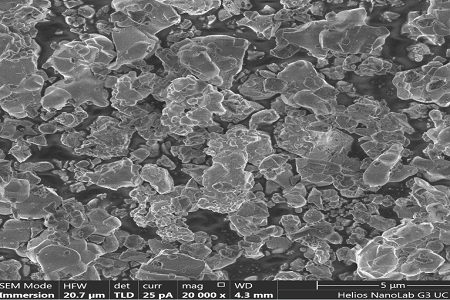 Mar 02, 2022Research on ultra-high temperature ceramic materials(2)
Mar 02, 2022Research on ultra-high temperature ceramic materials(2) -
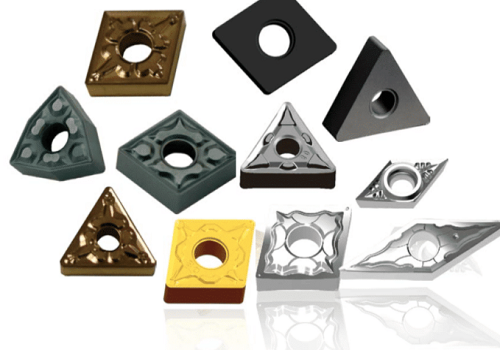 Jan 25, 2022Properties and applications of common carbides
Jan 25, 2022Properties and applications of common carbides -
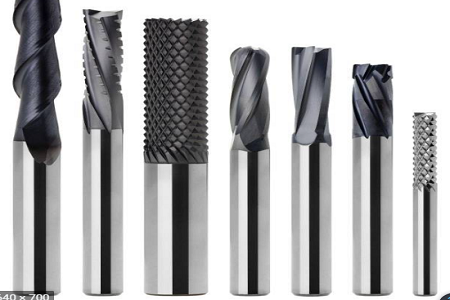 Jan 24, 2022Structural Properties and Bonding Strength of Titanium carbonitride Coatings
Jan 24, 2022Structural Properties and Bonding Strength of Titanium carbonitride Coatings

